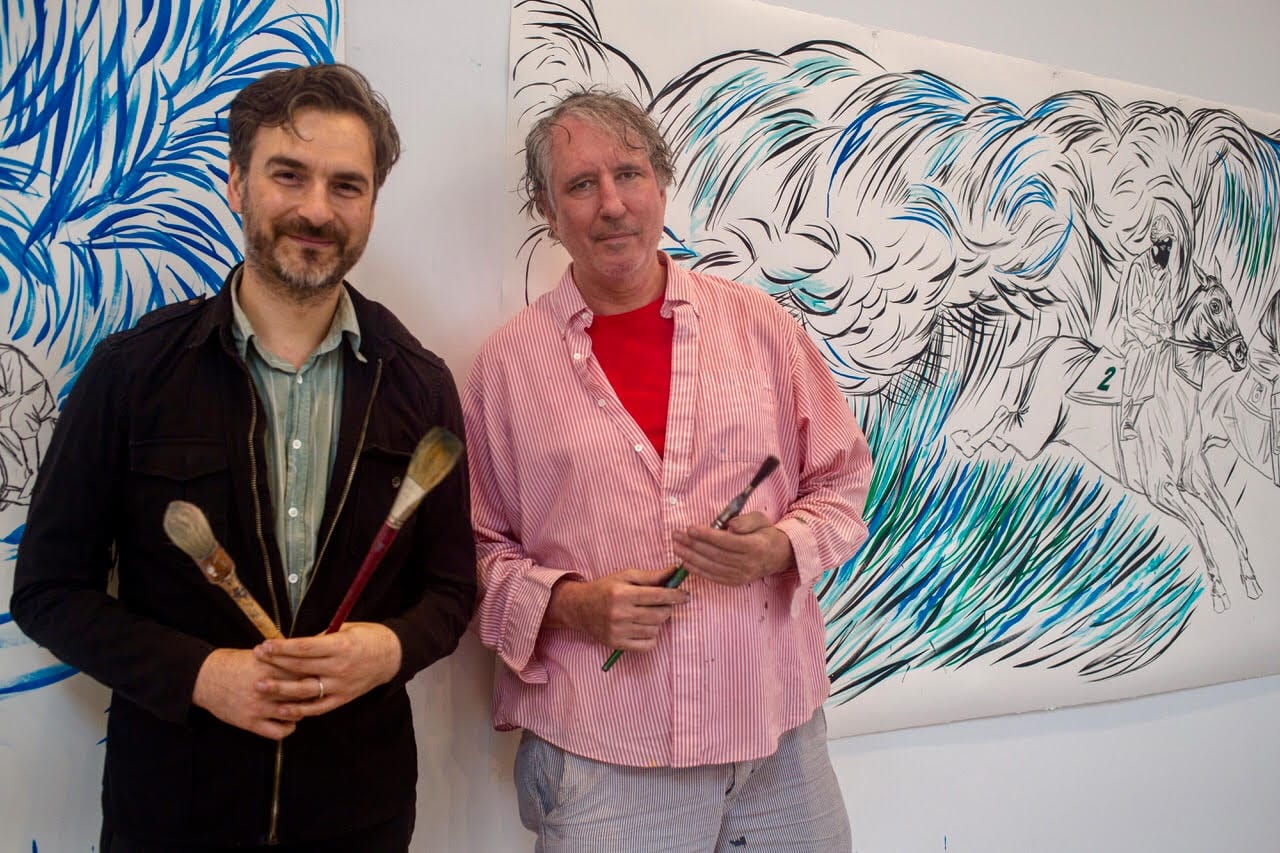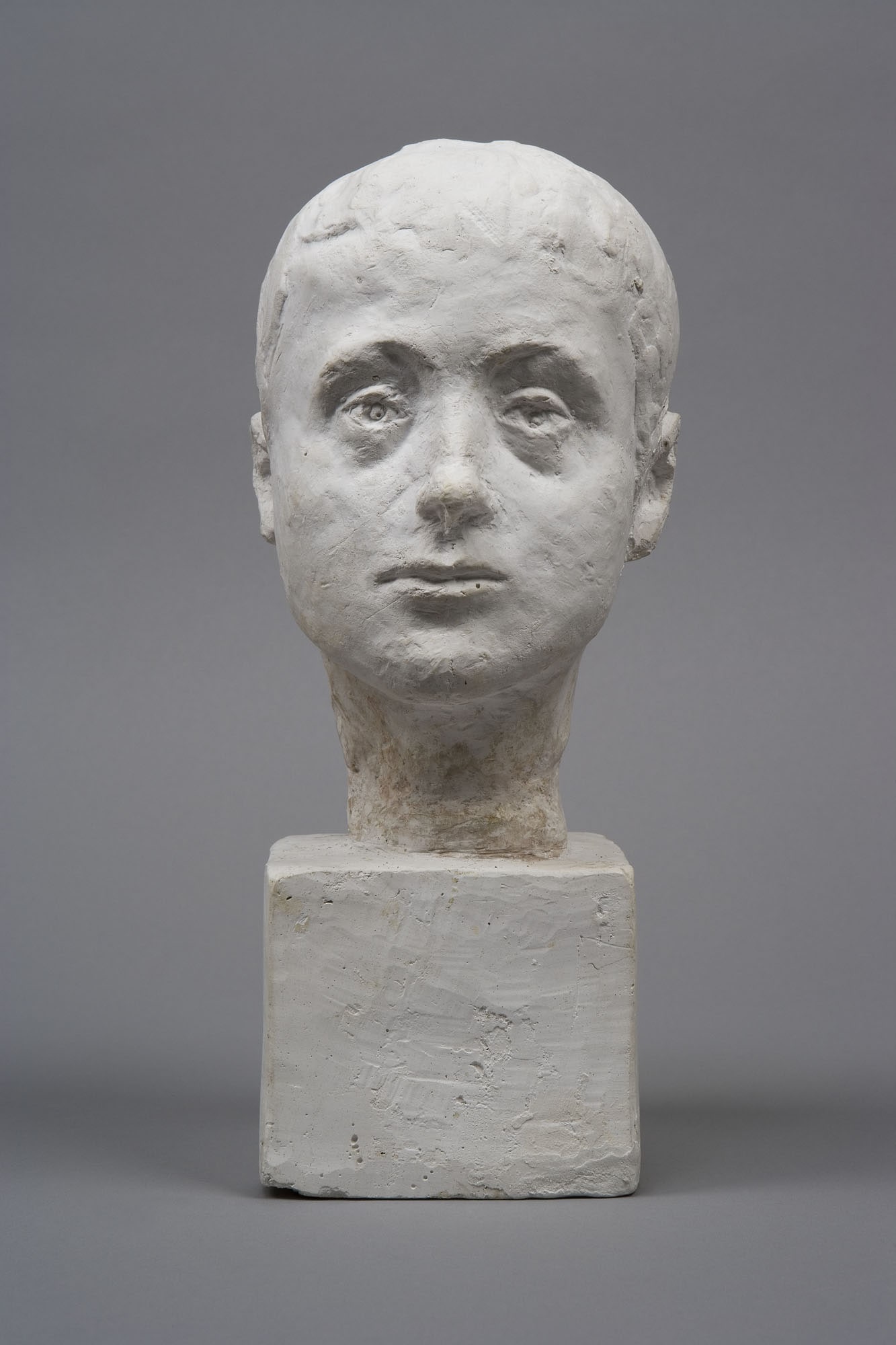Director: Pier Paolo Pasolini, Giuseppe Bertolucci
Cast: Giorgio Bassani, Renato Guttuso, Giuseppe Bertolucci
Italy, 83’, 2008, black & white, color
Italian with Turkish subtitles
In 1962, Pasolini was invited by an Italian newsreel producer to create a feature-length film essay from his company’s library of footage. Inspired by diverse wealth of imagery, Pasolini set out to make a film as “a show of indignation against the unreality of the bourgeois world.” Assembling images from the Soviet bloc and various anti-colonial movements as complement and contrast to the newsreel footage, Pasolini crafted a remarkable tour de force of politically trenchant commentary on the modern world, climaxing in a moving meditation on the death of Marilyn Monroe. Fearing controversy and box-office failure, the producer ordered Pasolini to cut the original version to less than an hour and then promptly added a right-wing counterpart by the filmmaker Giovanni Guareschi, packaging the two parts as one film. Disowned by Pasolini, this version was indeed a failure. Although Pasolini’s original version remains lost, an ambitious reconstruction was recently completed by Giuseppe Bertolucci and the Cineteca di Bologna using the shot list and a dialogue transcript from the first version, as well as Pasolini’s notes on music for the film.

We meet at Marcel Dzama’s studio in Brooklyn on the occasion of his solo exhibition Dancing with the Moon at Pera Museum. On this freezing day in January, he welcomes us with a warm smile, and for a few hours, we step into his world filled with surreal characters, music, dance, politics, and play.

Organized in collaboration with the Giacometti Foundation, Paris, the exhibition explores Giacometti’s prolific life, most of which the artist led in his studio in Montparnasse, through the works of his early period as well his late work, including one unfinished piece. Devoted to Giacometti’s early works, the first part of the exhibition demonstrates the influence of Giovanni Giacometti, the father of the artist and a Swiss Post-Impressionist painter himself, on Giacometti’s output during these years and his role in his son’s development.
Tuesday - Saturday 10:00 - 19:00
Friday 10:00 - 22:00
Sunday 12:00 - 18:00
The museum is closed on Mondays.
On Wednesdays, the students can
visit the museum free of admission.
Full ticket: 300 TL
Discounted: 150 TL
Groups: 200 TL (minimum 10 people)